When Star Trek Generations came out in 1994, it did a lot better than anyone expected. In fact, it did just about as well at the box office as Star Trek VI: The Undiscovered Country did, leading many to believe that the Next Generation crew seemed primed for a long run on the big screen. Up to this point, Paramount’s primary goal for making Star Trek movies was to keep the budgets as low as possible. After all, the series never did all that well internationally, so there was no reason to give them an A-budget. But, that thinking changed, for a while anyway, when Paramount went ahead and greenlit the most ambitious Star Trek movie since The Motion Picture: Star Trek First Contact.
None of the enemies the Next Generation crew faced on the Enterprise D were more feared – or iconic than the Borg. A hive collective of cyborgs that consisted of assimilated humans, they became a favourite from their first appearance in the episode Q-Who. They were scary, but most of all – they looked fantastic. Thanks to Robocop and The Terminator, cyborgs were hot at the moment, and The Borg instantly struck a chord with fans.
One might say The Borg defined Star Trek The Next Generation, as most admit the third-season finale/fourth season premiere, The Best of Both Worlds, is when The Next Generation truly came into its own. In this landmark two-part episode, Captain Picard is kidnapped and assimilated into the Borg, becoming Locutus. The Enterprise crew rescues him, and the Borg machinery is stripped from Picard, but he’s mentally scarred by the ordeal for the rest of the show’s run, making him a more vulnerable hero than the franchise had seen up to that point. Not only did Picard carry with him the trauma of being with the Borg, but he also knew that, as Locutus, he played a role in the Battle of Wolf 359, in which 11,000 people were killed, including the wife of Benjamin Sisko, the protagonist of the Star Trek Spin-Off Deep Space Nine.
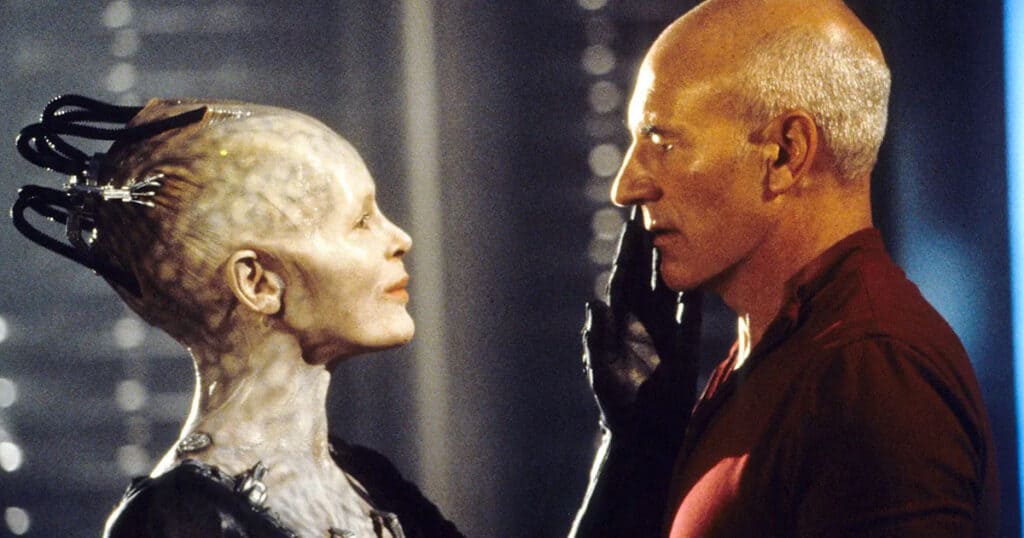
Despite their popularity, The Borg weren’t often featured on The Next Generation, both for budgetary reasons and because the showrunners wanted to keep them scary. With a feature-film budget at their disposal, the time was right to bring them back, with the backstory from The Best of Both Worlds essential to what became the most action-packed Star Trek movie of all time.
The creative team from Star Trek Generations, including producer Rick Berman and writers Brannon Braga and Ronald D. Moore, were left intact for Star Trek First Contact, but they all knew they were writing a much bigger film than the last one. In addition to The Borg, Paramount wanted time to travel to be worked in, so they decided to tell the story of “First Contact,” where Zefram Cochrane created the first warp vessel and led to humanity’s first contact with extra-terrestrial life; in this case the Vulcans. Tom Hanks, a major Star Trek fan, almost played Cochrane, only for James Cromwell, who had just broken out in the film Babe, to win the role.
Paramount gave the filmmakers a $45 million budget, $10 million more than Generations cost. The hope was to hire a significant action director to take on the film, with Ridley Scott and John McTiernan approached, but Patrick Stewart was unimpressed, as no one seemed to really know Star Trek. Jonathan Frakes – Riker himself – was hired as he had proven himself as a director on all three current Star Trek series, including The Next Generation, Deep Space Nine and Voyager.
Looking at the movie now, what’s remarkable about First Contact is how different it was tonally from what the other films had done. Jonathan Frakes gave the franchise a much-needed testosterone boost, with the film feeling distinctly inspired by James Cameron’s Aliens. It’s a much more action-packed movie than usual, even earning the franchise its first-ever PG-13 rating. This edge was meant to bring in non-Star Trek fans, and I remember distinctly, as a Trek-loving nerd in school, overhearing my bullies say, “Yeah, Star Trek sucks, but that First Contact movie is kind of cool.” One thing they did was toughen up Patrick Stewart’s Picard. On the small screen, a brainy, erudite hero is great, but no one can deny he was blown off the screen by William Shatner in Star Trek Generations. For the sequel, Patrick Stewart showed off his biceps and became an action hero taking on the Borg because – as in any great action movie – “this Time It’s Personal.” Riker, Troi and Geordi got the B-story, where they have to sober up a drunk Cochrane so he can make his flight, with Picard, Data and Worf (“assimilate this”) kick some Borg ass on the Enterprise. Picard even gets to use a Tommy Gun at one point.
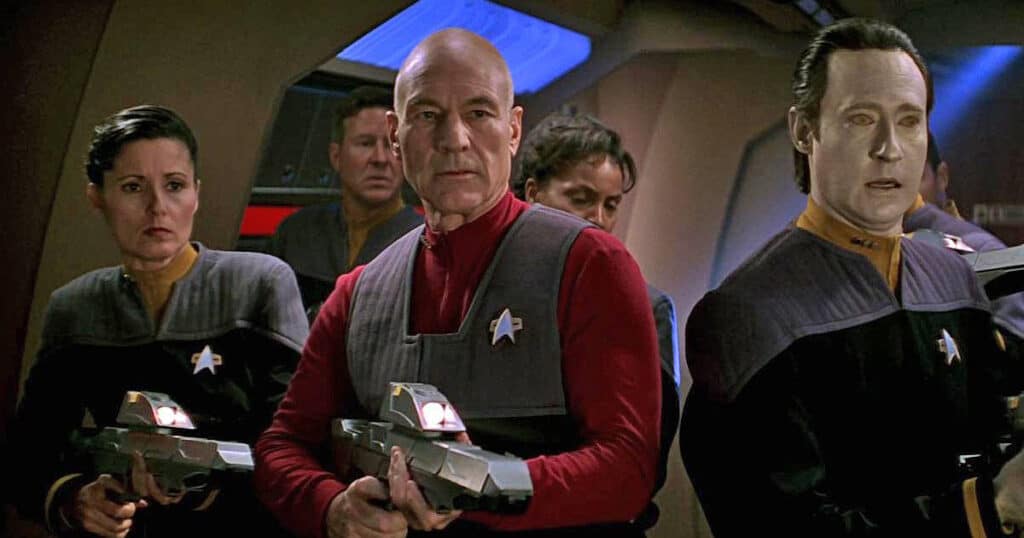
The supporting cast is solid, with Alfre Woodard great as Lily Sloane, Cochrane’s assistant who, it turns out, is a war veteran and proves to be an asset to Picard and the crew when she winds up stranded on the vessel, even having a bit of a flirty “will they or won’t they” thing going with Picard. Cromwell steals scenes as the drunk, self-loathing Cochrane, but it’s Alice Krige who everyone remembers as being one of the greatest star trek villains ever. Her Borg queen is strangely alluring, despite her slimy HR Giger-inspired look, and it’s hard not to think the Borg queen is, well, ya know, kind of sexy. She even becomes a quasi-love interest for Data, with him briefly looking like he’s been seduced over to The Borg.
Along with the more action-packed vibe goes the Jerry Goldsmith soundtrack, with him returning to the franchise for the first time since Star Trek V. His hard-driving music makes this feel much more cinematic than Generations, which is helped by the fact that the crew has completely redesigned outfits now that they’re stationed abroad, the more battle-ready Enterprise E.
The movie hit theatres at the perfect time, synching up with the franchise’s thirtieth anniversary. It proved to be the biggest hit in the series since Star Trek The Voyage Home, grossing $92 million domestically and becoming the biggest international hit in the franchise, making $146 million internationally. It would prove to be a high water mark for the franchise, with none of the follow-up Next Generation movies faring nearly as well at the box office. It was a short-lived success, but a success nonetheless, and for many of us, it remains a defining entry into the Star Trek Canon.


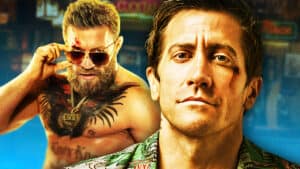

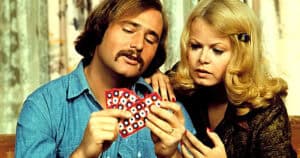
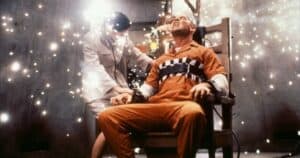
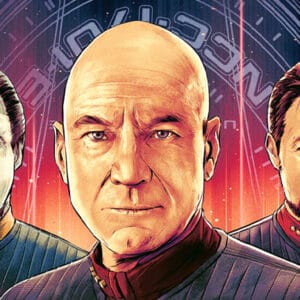
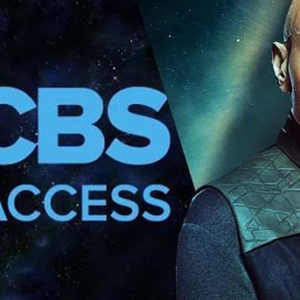
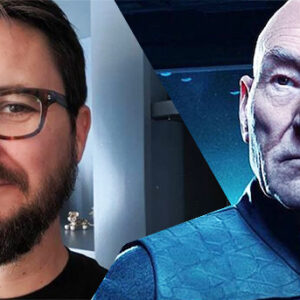
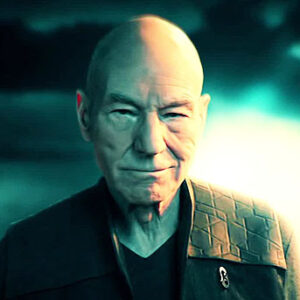
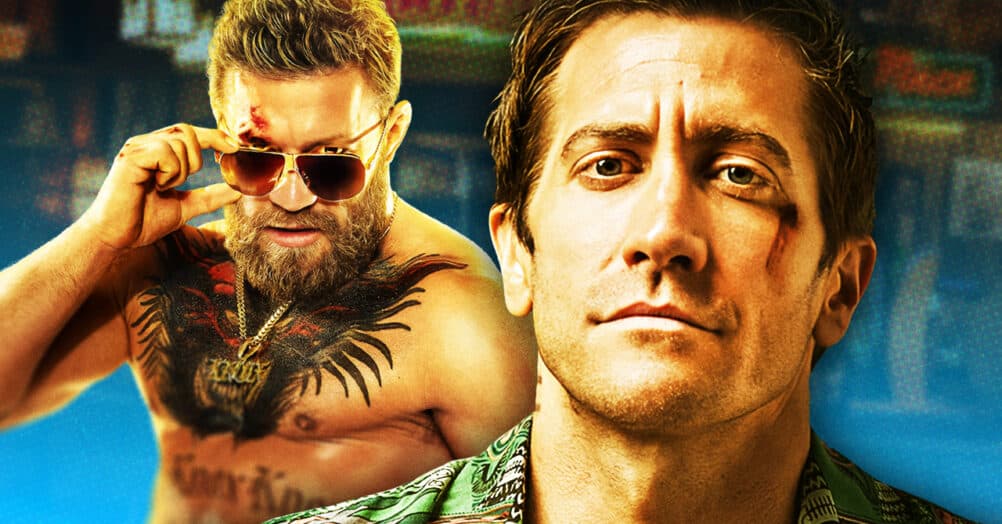
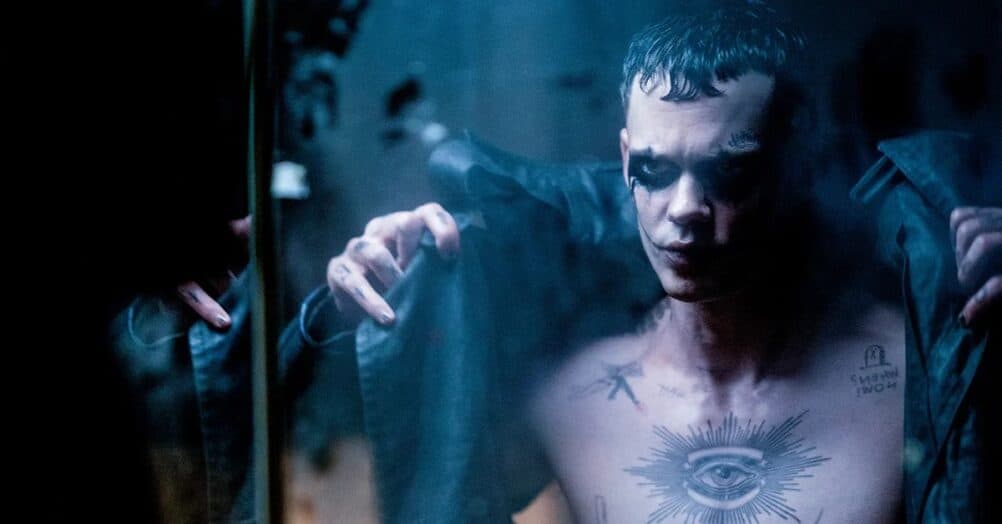

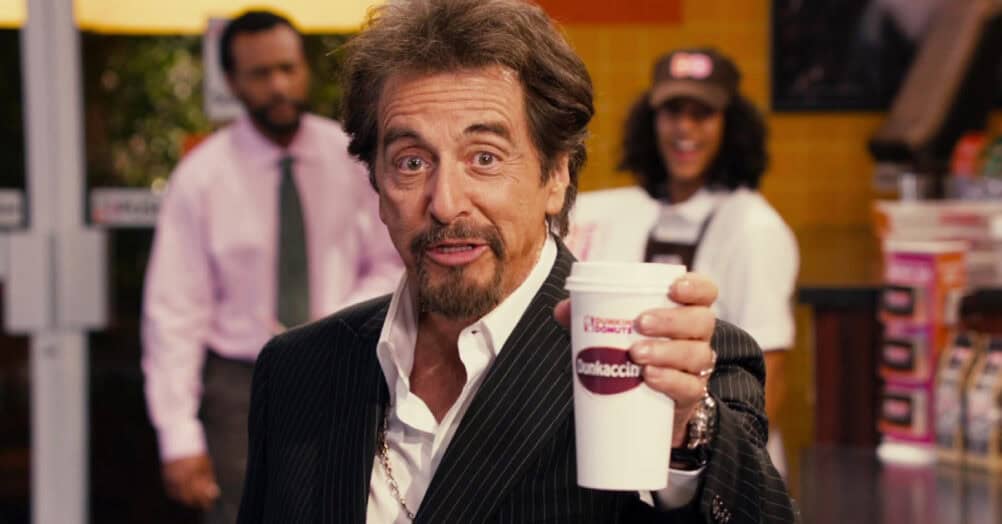
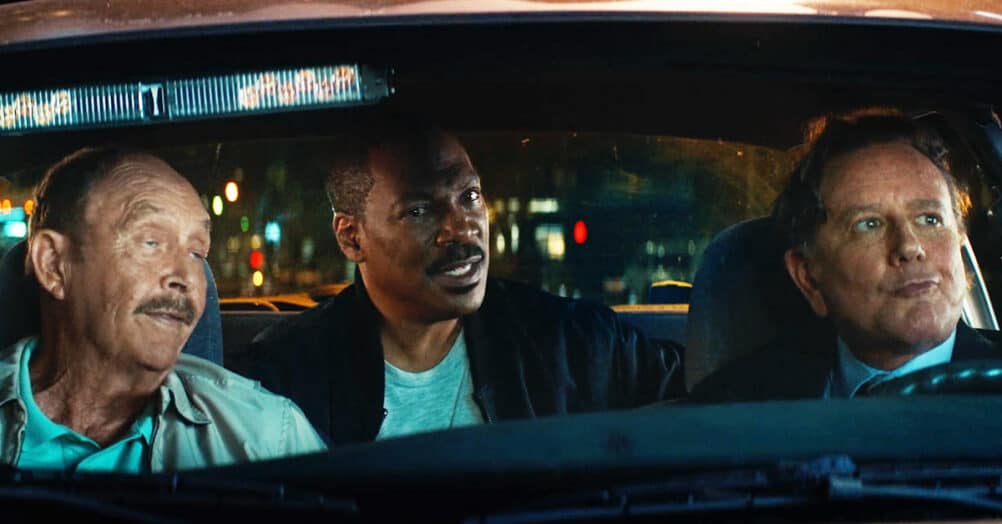

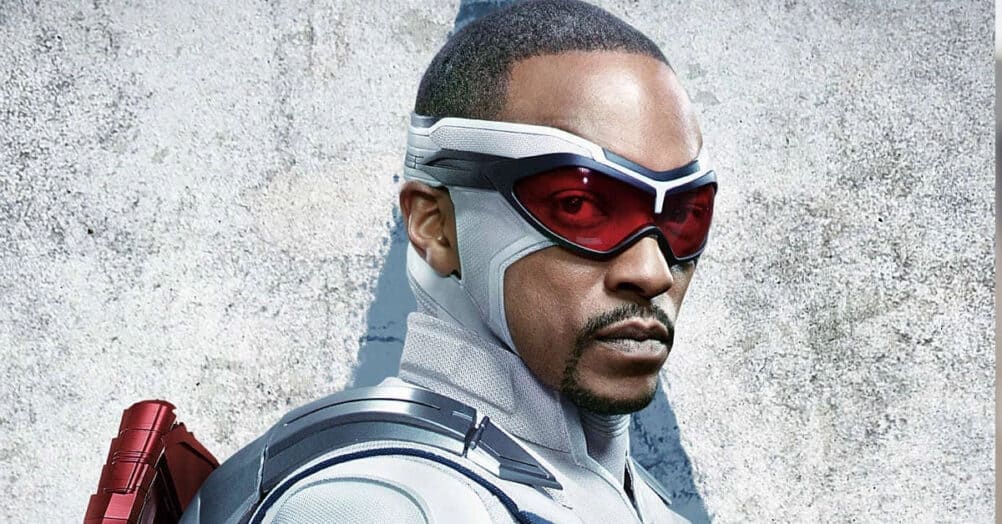
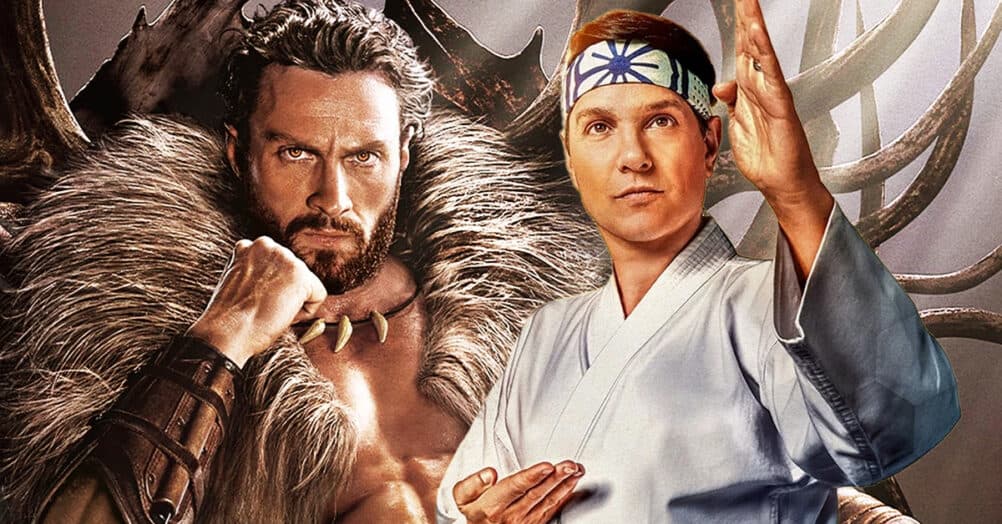

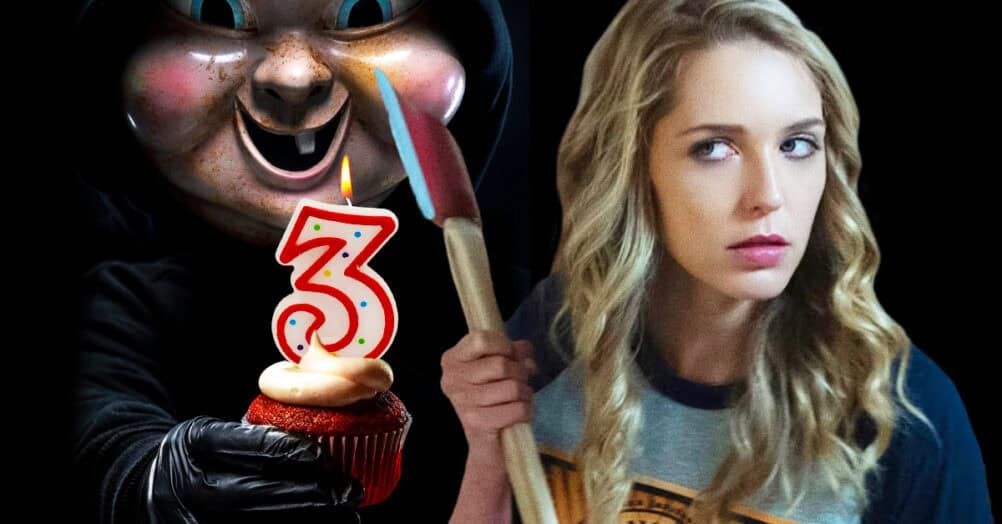
Follow the JOBLO MOVIE NETWORK
Follow us on YOUTUBE
Follow ARROW IN THE HEAD
Follow AITH on YOUTUBE